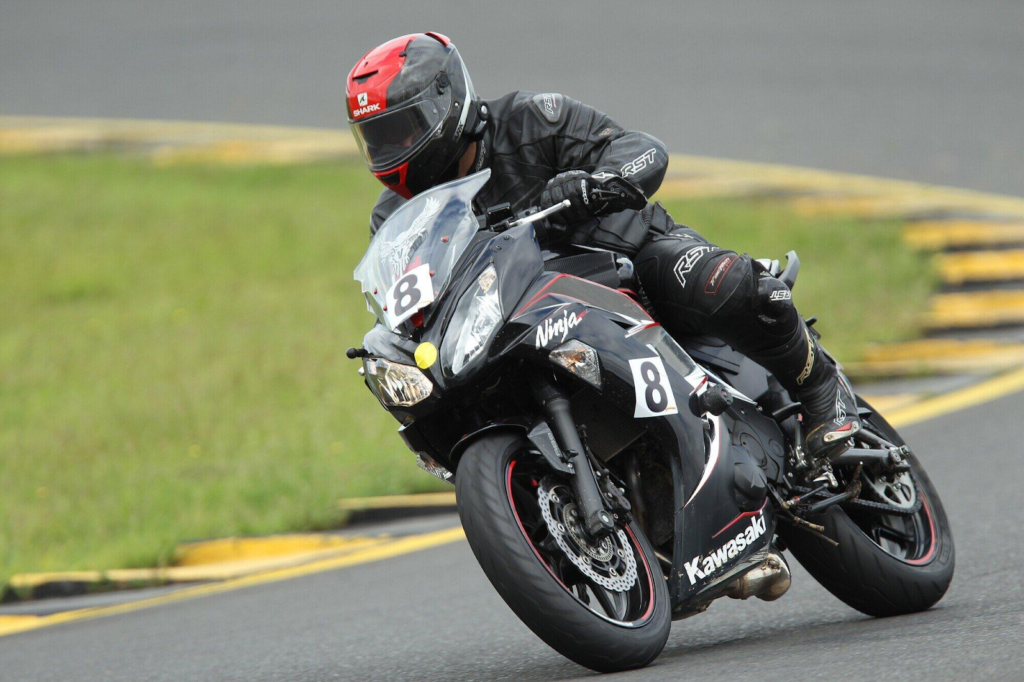The open road calls to many. But, for motorcyclists, it comes with a responsibility. These courses are for both experienced and new riders.
They offer vital lessons. You don’t always have to pay to learn these life-saving techniques. Many groups offer free motorcycle courses.
These courses aim to make the roads safer for everyone. Here, we discuss crucial safety tips and insights in learning to ride a motorcycle. They will help you not to enjoy the ride but to return home each time.
Gear Up
The first principle of motorcycle safety is to gear up. In a crash, your gear is your only protection against the harsh realities of asphalt and metal.
Free motorcycle courses stress wearing a Department of Transportation (DOT) approved helmet. They also stress wearing reinforced jackets, gloves, pants, and boots.
Remember, the goal is to cover and protect as much skin as possible. High-visibility gear is also recommended to make yourself seen by other road users.
Defensive Riding
Defensive riding is a mindset. Anticipating potential risks and adjusting your riding can reduce the likelihood of accidents.
Key defensive riding strategies include:
Remaining Visible
Always assume that you’re not seen. Avoid blind spots, use your lights day and night, and signal well before turning or changing lanes.
Predicting Behavior
Observe the behavior of drivers around you. If a car is weaving or speeding, give it a wide berth. Predict potential hazards like doors opening on parked vehicles.
Controlling Speed
High speeds give you less time to react. Do this, especially in new areas or bad weather, to avoid danger.
The SEE System
The SEE (Search, Evaluate, Execute) system is a decision-making tool taught in many free motorcycle courses. It encourages a safe rider to:
Search
Keep your eyes moving. Scan your surroundings for hazards like road conditions, obstacles, and other road users.
Evaluate
Expect possible outcomes and prepare. Consider escape routes and adjust your speed or position as a precaution.
Execute
Take decisive action. Whether braking, accelerating, or maneuvering, execute your decisions to mitigate risks.
Handling Intersections
Intersections are hotspots for motorcycle accidents. Practical strategies for navigating intersections include:
- reducing speed as you approach
- covering your brakes
- scanning all directions
Always watch for signals from other drivers, but prepare for the possibility that they may not follow through.
Regular Maintenance
Your motorcycle’s condition is paramount to your safety. Free courses often include basic maintenance skills, such as checking tire pressure, tread depth, brake function, and ensuring all lights work. A well-maintained bike reduces the risk of mechanical failures on the road.
Legal Protection
Understanding and following motorcycle safety tips are vital, but sometimes, despite all precautions, accidents happen. This is where legal protection becomes crucial.
Sweet Lawyers specializes in motorcycle accident cases, offering comprehensive legal representation to riders injured on the road. Their expertise encompasses understanding motorcycle law’s nuances and provides support and guidance.
Exploring the Safety Tips Learned in Free Motorcycle Courses
Motorcycling brings a sense of unparalleled freedom and joy, but it demands respect for the rules of the road and a commitment to safety. Free motorcycle courses offer knowledge that can enhance your riding experience and save your life. Remember, being a responsible rider doesn’t just protect you; it makes the roads safer for everyone.
For more helpful tips, check out the rest of our site today!


